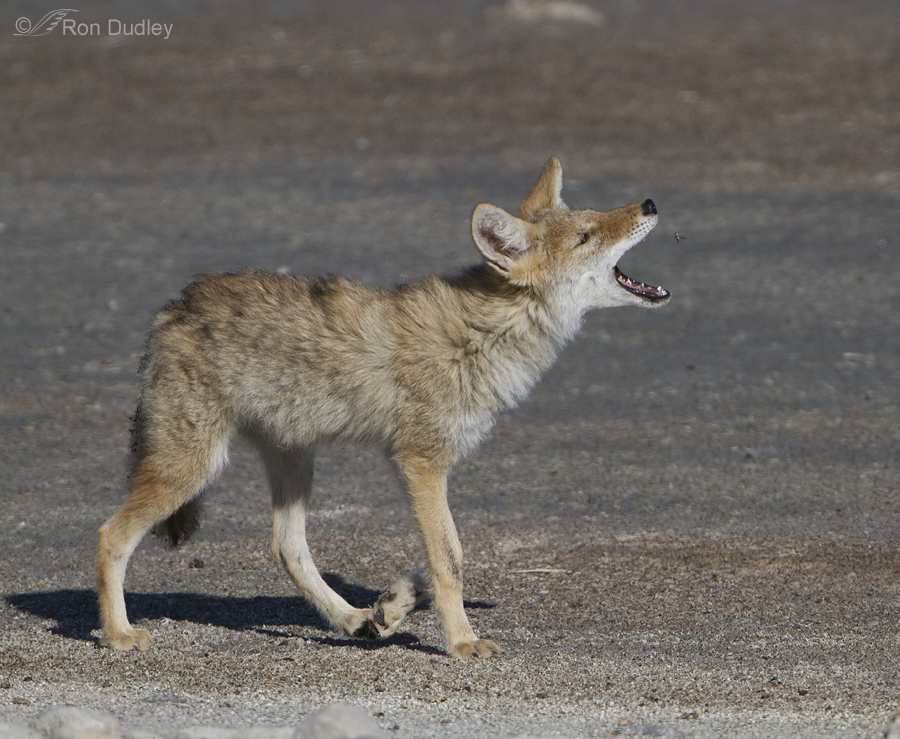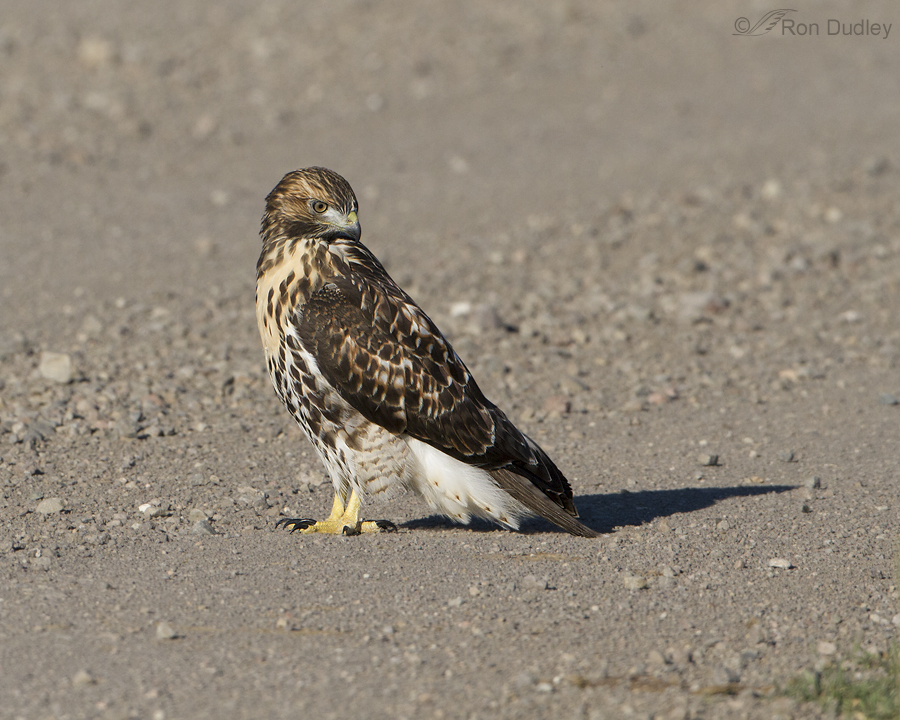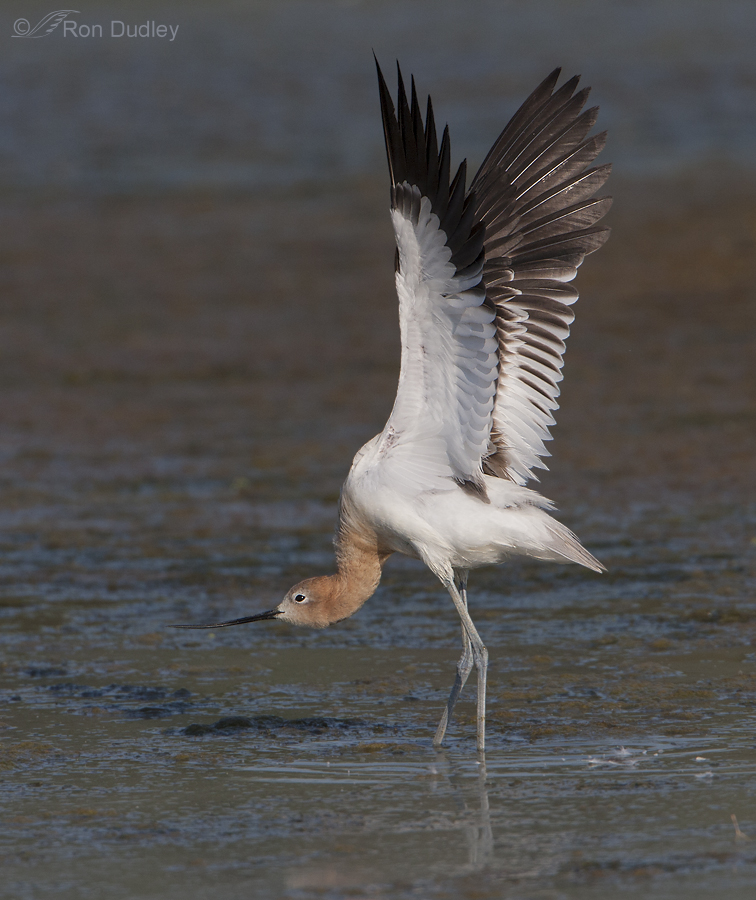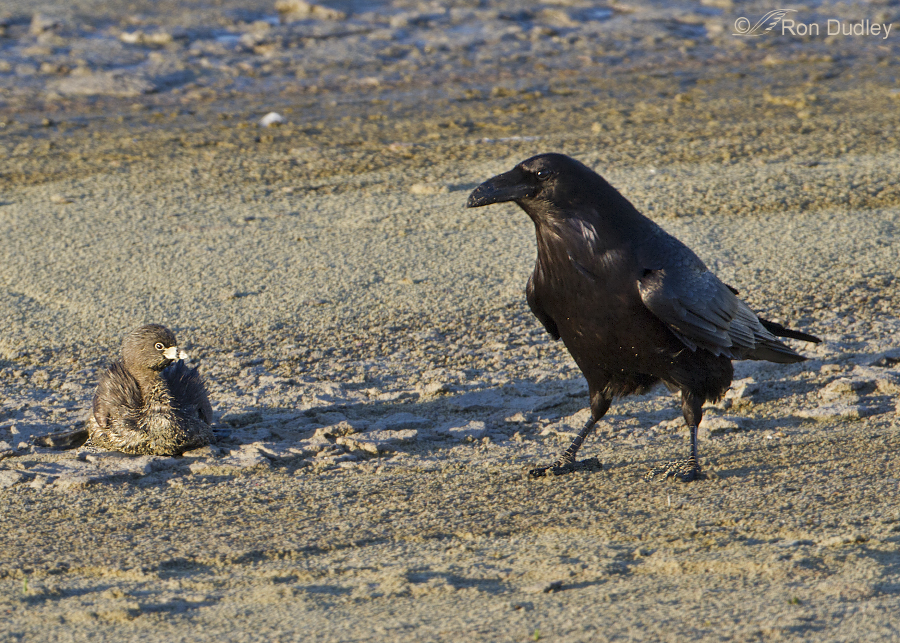Some Interesting Coyote Behaviors

Late last week we encountered two coyotes walking east along the north side of the Antelope Island Causeway. One was a very light-colored adult and the other a slightly darker and smaller youngster. This summer has been a mighty survival struggle for the island’s coyotes – the vole populations crashed and the extreme heat and drought have taken their toll. These two actually seemed forlorn and destitute in both posture and demeanor as they walked the shore of the causeway. But they did show me several interesting behaviors that I was able to photograph.




